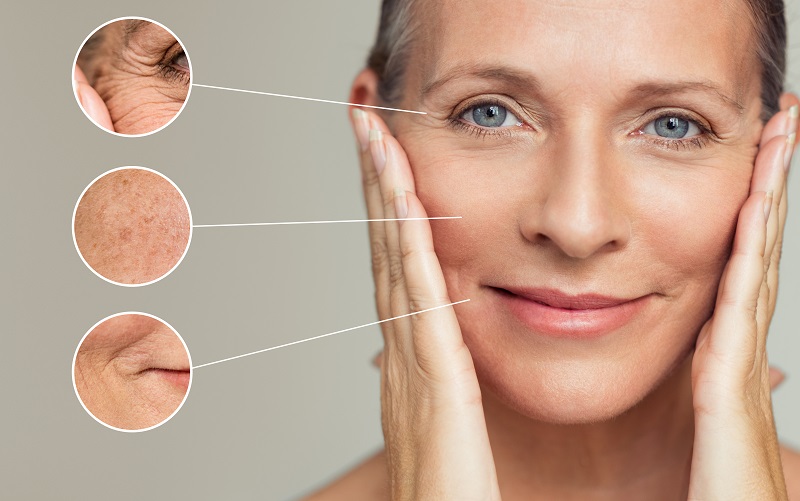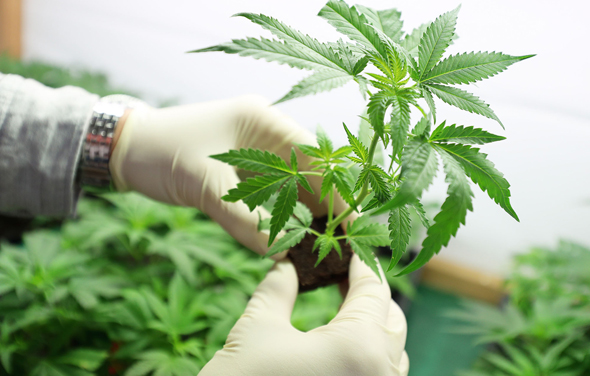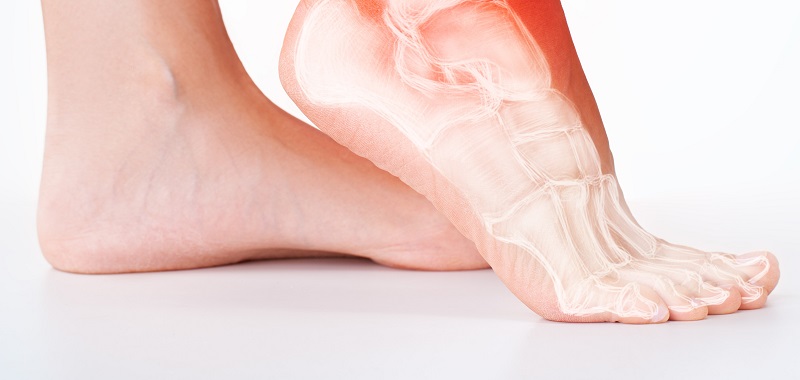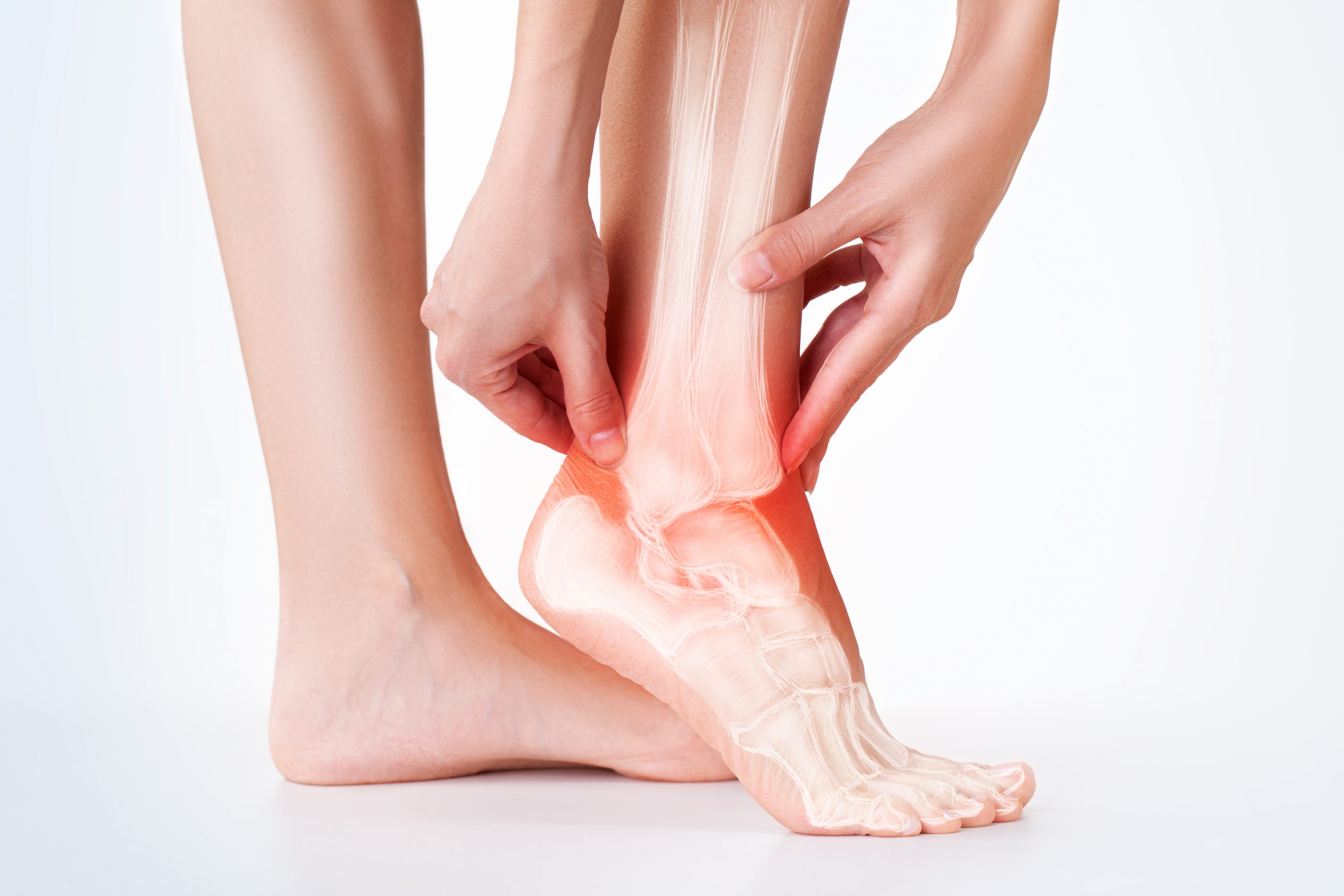Using CBD Topicals Can Relieve Searing Headaches: Here’s How

Headaches and migraines are amongst the most common ailments affecting people globally. In the U.S. more than 15% of the population complains of severe headaches caused due to stress or migraines. Women experience severe headaches twice as much as compared to men. And surprisingly, younger people suffer from severe migraines more, as compared to people in the age bracket of 65 and above.
What causes severe headaches?
Apart from the natural causes of stress and cold, severe, and chronic headaches occur due to the following conditions:
- Migraines,
- Cluster headaches,
- Tension headaches,
- Sinus infections,
- Persistent/chronic headaches.
Given the widespread prevalence of the condition, headaches have been treated differently by people around the world. However, most affected people turn to over the counter (OTC) pain medication to relieve their pain. When it comes to severe headaches such as migraines, people are quick to turn to opioids to ease their pain. Studies conducted by Richard Lipton, Director of Montefiore Headache Center, showed that 33.3% of people on prescription medicine for migraine, kept opioids handy to get some relief from the attacks. This number is alarming given the sharp increase in opioid use in the US to fight pain and addiction. Given the widespread use of opioid, the situation has been rightly termed the opioid epidemic.
Doctors and researchers are constantly trying to find out ways to treat severe headaches. Especially ones without the harmful side effects that come along with OTC painkillers and opioids. Their search lead them to CBD. This article talks about how CBD topicals can help treat searing headaches, without popping opioids intermittently.
CBD as a treatment for severe headaches
CBD has been nothing less than a breakthrough treatment when it comes to migraines. Pain-relieving CBD drugs are available in the form of tinctures, gummies, patches, and topicals. Topical CBD, especially, has become a sought-after pain-relief and pain prevention (discussed later) treatment for many in the U.S. CBD topical creams can help alleviate and even prevent migraine pains that occur in the jaws, temples, forehead, neck, and both shoulders. Topical CBD when massaged in, can help soothe the inflamed nerves that lead to migraine pains.
This is possible because CBD has powerful anti-inflammatory properties that help it fight inflammation in the nerves that trigger a migraine. There are two nerves, inflammation in which leads to searing headaches.
The first is the trigeminal nerve that spreads across the face. The second is the occipital nerve that lies at the base of the neck and head. People who don’t suffer from migraine pains but suffer from stress might feel pressure, pain, and stiffness in these areas due to nerve inflammation.
Also, people with jaw pain and neck injuries are more likely to suffer from migraines and severe headaches. The pain around these nerves can lead to headaches, and headaches can also lead to pain in these nerves. In short, the severe headache and chronic aches around the head region run in a vicious cycle.
With this information, it is also clear that soothing these nerves can help in curtailing migraine pains and headaches. There are a number of migraine treatments available that are singularly focused on reducing pain in these nerves. Apart from the more invasive treatments such as surgeries, Botox injections, etc., some massages and ointments can help soothe the pain.
This is where CBD comes in.
The role of CBD in relieving severe headaches
CBD plays a major role in relieving severe headaches, be it due to migraine or stress. It does so by countering a peptide called CGRP, which is known to trigger migraines.
To understand this, we will need to understand CGRP first.
CGRP is a peptide released by the trigeminal nerve during a migraine. While CGRP is released during a migraine, the peptide is also responsible for causing migraines. They effectively reduce pain in migraine or reduce its intensity, migraine drugs need to block the CGRP. However, it is not advisable to stop the production or secretion of any kind of hormones in the body artificially, as long as there is a way of stopping it naturally.
People suffering from chronic migraine are found to have low levels of endocannabinoids and high levels of CGRP. This is where CBD can help reduce migraine, immensely.
A study conducted by the European Journal of Pain stated that topical CBD had the ability to reduce pain, inflammation, swelling, and CGRP in rats with arthritis. Pending further clinical studies on human subjects, it has been seen that CBD is indeed useful in treating severe inflammation and CGRP.
Let’s look a bit further into the matter and see how CBD does this. To understand this, we need to find out why the trigeminal nerve is releasing CGRP anyway? This peptide is released as a reaction to exposure to inflammation due to oxidative stress. Oxidative stress is what triggers migraine in the first place. It could be the primary or secondary reason causing bad headaches. Therefore, reducing oxidative stress is the first step to be taken if you would like to treat your severe headaches. Stress results in nerve inflammation, be it the trigeminal or occipital nerve, which is followed by the release of the CGRP peptide and searing headache.
In order to reduce this oxidative stress, so that it does not scale up to unbearable pain, the body needs antioxidants to fight it. CBD and some other cannabinoid compounds such as THC, work as antioxidants. Therefore, CBD plays an antioxidant role and fights oxidative stress, even before the latter can have the chance to signal the release of CGRP peptide and, hence, a severe headache. CBD does this by interacting with the cannabinoid receptors placed all over the body.
It will help to understand what CBD is actually, to understand the relationship between CBD and the endocannabinoid system in living beings.
What are CBD and the endocannabinoid system?
CBD is the short form of cannabidiol, a phytocompound found in the Cannabis Sativa plant. The Cannabis Sativa plant is the parent plant for both hemp and marijuana. Since both hemp and marijuana come from the same plant species, they are often used interchangeably in communication. However, the two are distinctly different.
Note: Compounds found in plants are referred to as phytocompounds.
Like CBD, the Cannabis Sativa plants have numerous phytocompounds in them. One of them being 9-tetrahydrocannabinol (THC). THC is the compound that is responsible for the psychoactive property cannabis plants are known for. However, THC content in the hemp plant is considerably lesser than that in the marijuana plants. As such, marijuana consumption can lead to hallucination and intoxication, which is very unlikely for people consuming hemp products.
Since both plants are derived from the Cannabis Sativa species, they are both perceived to be psychoactive. Which you now know, is not true.
The cannabis plant is mainly made up of two primary compounds: CBD and THC. While the combination of the two is extremely effective for treating chronic pains and aches, due to THC’s psychoactive nature, it is generally left out of CBD concoctions.
Since the hemp plant is rich in CBD and has very little THC amounts in it, it has been legalized by the federal government as an accepted source of CBD drugs. Individual states have their own laws for the same, regarding acceptable levels and degrees of usage and procurement.
Coming back to the endocannabinoid system and the role CBD plays in it. The endocannabinoid system is one of the many organ systems comprising the human body. However, unlike the rest of the organs, the endocannabinoid system was discovered only recently in the late ’80s and early ’90s. While conducting some government-aided studies on the effects of cannabis in the bodies of mammals, scientists stumbled upon multiple discoveries. They discovered neurotransmitter receptors, CB1 that are found aplenty in the brain. The government kept funding the research throughout the ’90s, hoping it will unearth some facts about how cannabis is detrimental to the human body.
However, during the ’90s scientists found a second cannabinoid receptor, CB2, which was found across the peripheral nervous system and the immune system. The discovery of these receptors led to the discovery of endocannabinoids. Endocannabinoids are naturally occurring neurotransmitters found in the body. Endocannabinoids, along with the receptors work together to keep the body in homeostasis. Homeostasis refers to the balance in the body. Therefore, the endocannabinoid system’s task is to ensure the body stays well-regulated when it comes to temperature, hormonal activity, sleep, appetite, and various other bodily functions that ensure healthy living.
Whenever the ECS perceives the body to be out of balance, it sends endocannabinoids to the various receptors. The receptors then send signals to the connected gland, urging it to secrete the hormones required to bring the body back into homeostasis.
What role does CBD play in the ECS?
Cannabinoid (CBD) found in plants mimic are similar to the endocannabinoid found in mammals. Endocannabinoids in the body, work tirelessly to keep the body in balance. However, if the body is suffering from added stress due to ill-health, chronic stress, pain, or disease, it cannot help the body get back to balance as quickly. This is where CBD comes in.
By using CBD in any of its forms, be it tinctures, oils, salves, topical creams, gummy bears etc., you can supplement the overworked endocannabinoids in your body with some more neurotransmitters. The CBD then works with the endocannabinoids to speed up the healing process in the body. It interacts with the receptors faster and helps to get the message across to glands whether they should allow and inhibit certain hormones to help the body get back into homeostasis.
Coming back to CBD and severe headaches…
Oxidative stress and inflammation are examples of two conditions which the ECS views as body off balance. It immediately stirs into action to help calm the stress and reduce inflammation by stimulating hormonal release. Using CBD can help put this process on a fast track thereby helping relieve severe headaches due to nerve inflammation. Further, it counters oxidative stress early before CGRP is secreted, resulting in migraines.
CBD topicals as a treatment
Headaches are a common occurrence for many. They might often occur when you are really stressed, for example, while at work or doing chores. In such cases, you would like to get some relief without it hampering your productive capacity in any way.
CBD topicals are the perfect solution in such cases. CBD topicals when applied and massaged into the affected areas start working by reaching the nearest receptors. Topical CBD does not reach your bloodstream, so, you need not be worried about getting high or losing your cognitive senses. Also, CBD from hemp even when ingested in the form of tinctures, don’t really cause a high, so topicals are completely safe. CBD’s pain relief and anti-inflammatory properties are strong enough to provide instant relief even in its topical form.
The perfect concoction of an effective blend of CBD topical cream should ideally include some of the other phytocompounds as well. Presence of compounds such as terpenes, flavonoids, a hint of THC (less than 0.3%) leads to the entourage effect. However, even it is in its purest form, it is pretty effective in fighting severe headaches.
Conclusion
CBD topicals could be the go-to cure for severe headaches, be it cluster headaches, sinusitis, or migraine. The topicals do not pose any side effects and are as natural as they come. This ensures that you don’t need to go for any opioid-based medication to get relief from those intolerable headaches. Also, since CBD topicals do not enter the bloodstream, you don’t need to worry about getting intoxicated or high. You could simply slather some CBD cream on the affected area and massage it in to experience immediate relief.
It is recommended to consult a medical health practitioner before you start using any CBD product. Your health practitioner can also guide you with the amount of CBD topical to be used on the affected area.
Sources:
https://www.ncbi.nlm.nih.gov/pmc/articles/PMC4251564/
https://www.ncbi.nlm.nih.gov/pmc/articles/PMC3728280/
https://www.leafly.com/news/health/science-cannabis-topicals-headaches
https://www.healthline.com/health/migraine/cbd-oil-for-migraines
https://headachejournal.onlinelibrary.wiley.com/doi/abs/10.1111/head.13345
https://www.statista.com/topics/1974/headache-and-migraine/
https://www.migrainekey.com/blog/topical-cbd-for-migraine-relief/#_edn3
https://americanheadachesociety.org/news/new-research-migraine-opioids/
https://n.neurology.org/content/neurology/early/2020/06/10/WNL.0000000000009324.full.pdf
https://www.health.com/condition/pain/what-is-cbd
https://www.labroots.com/trending/cannabis-sciences/8456/endocannabinoid-system-discovered
More articles:











